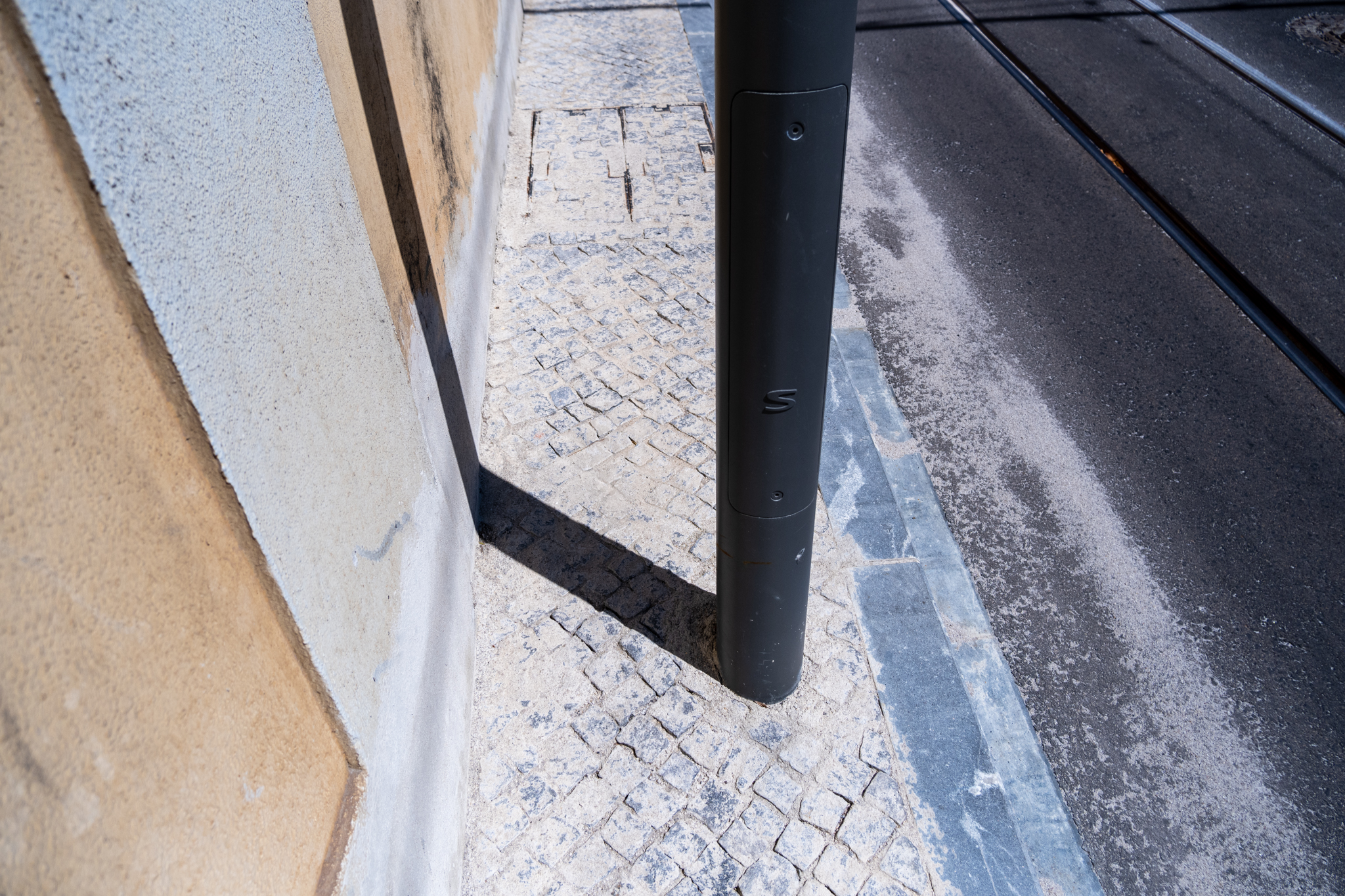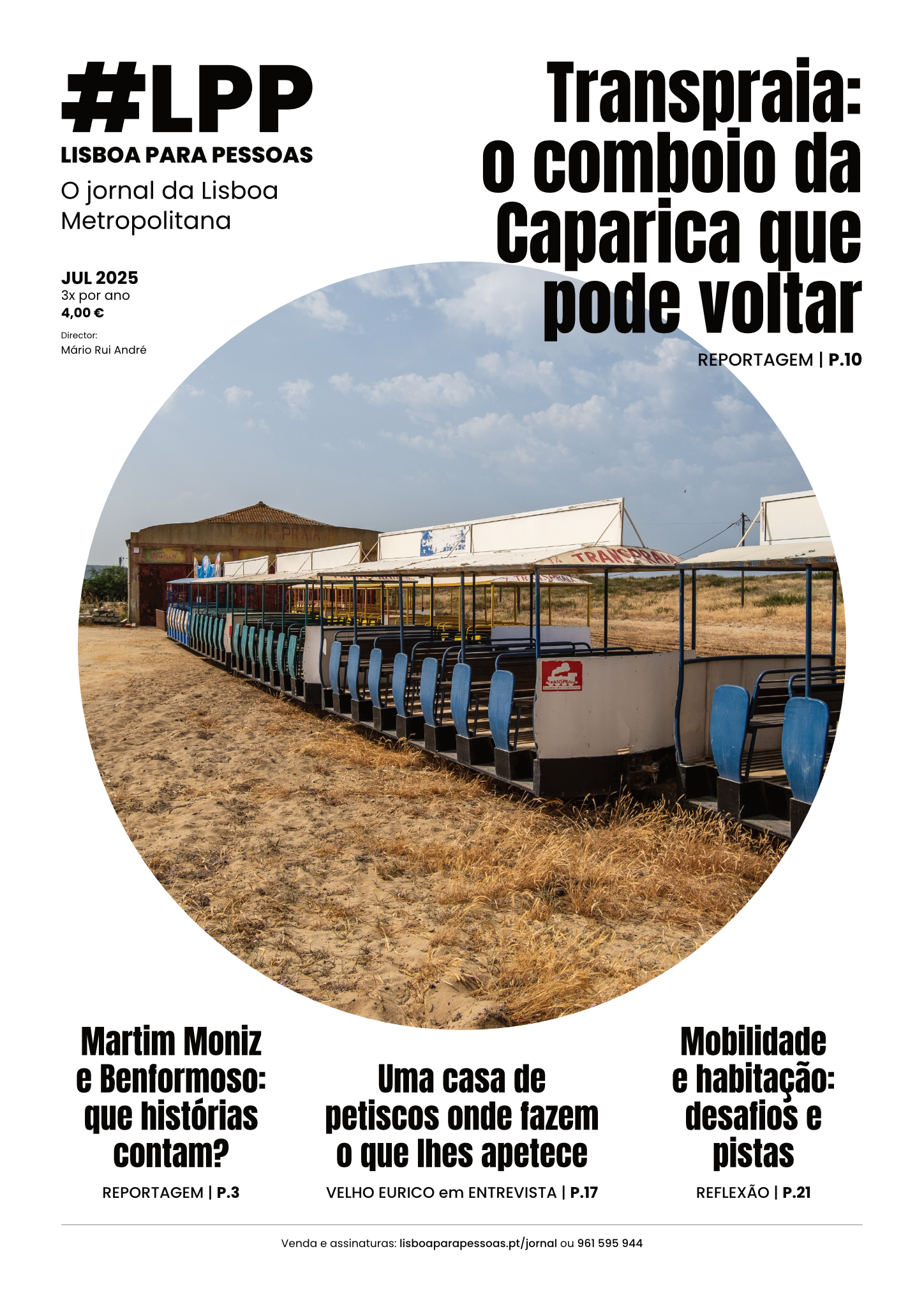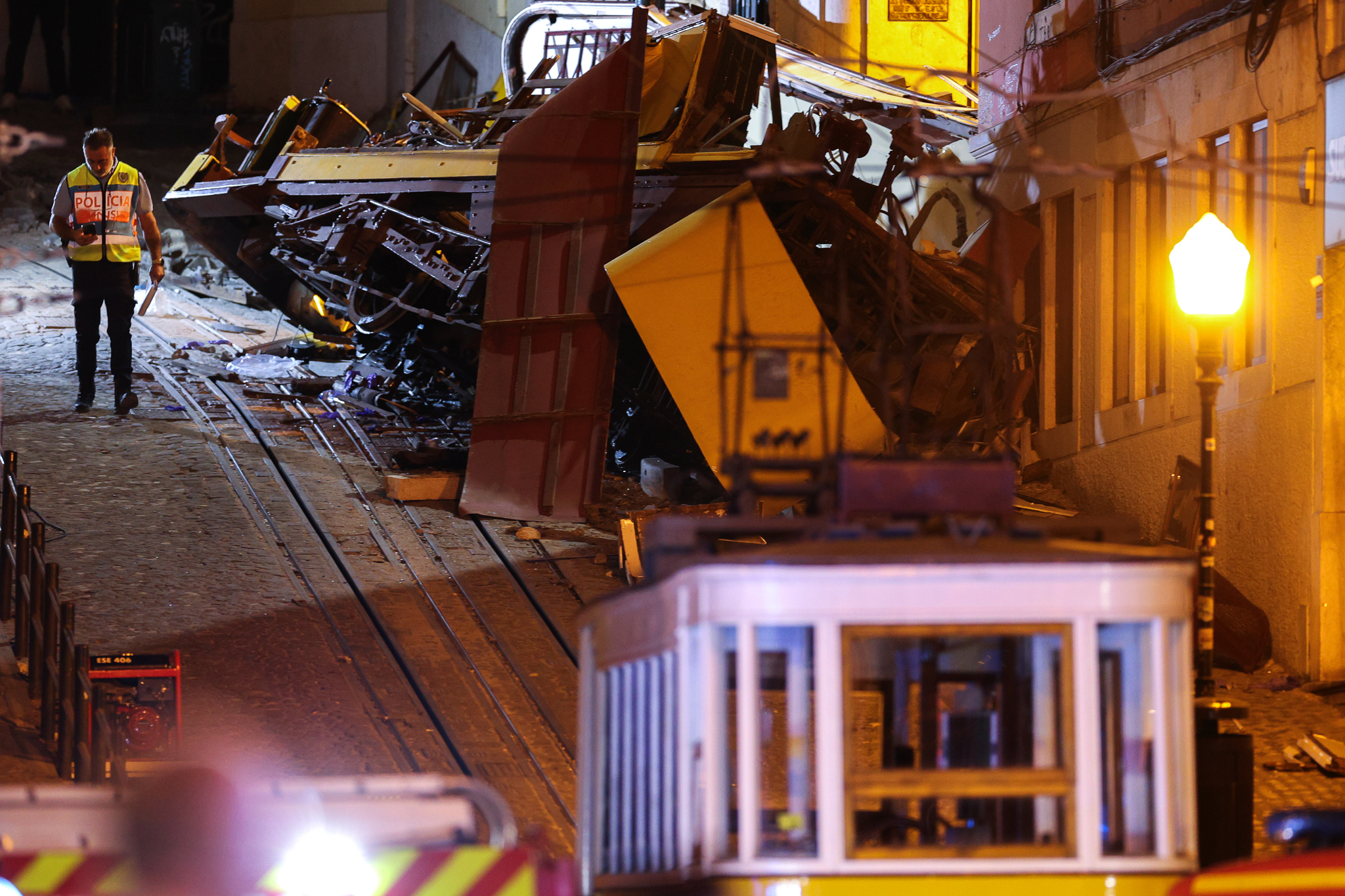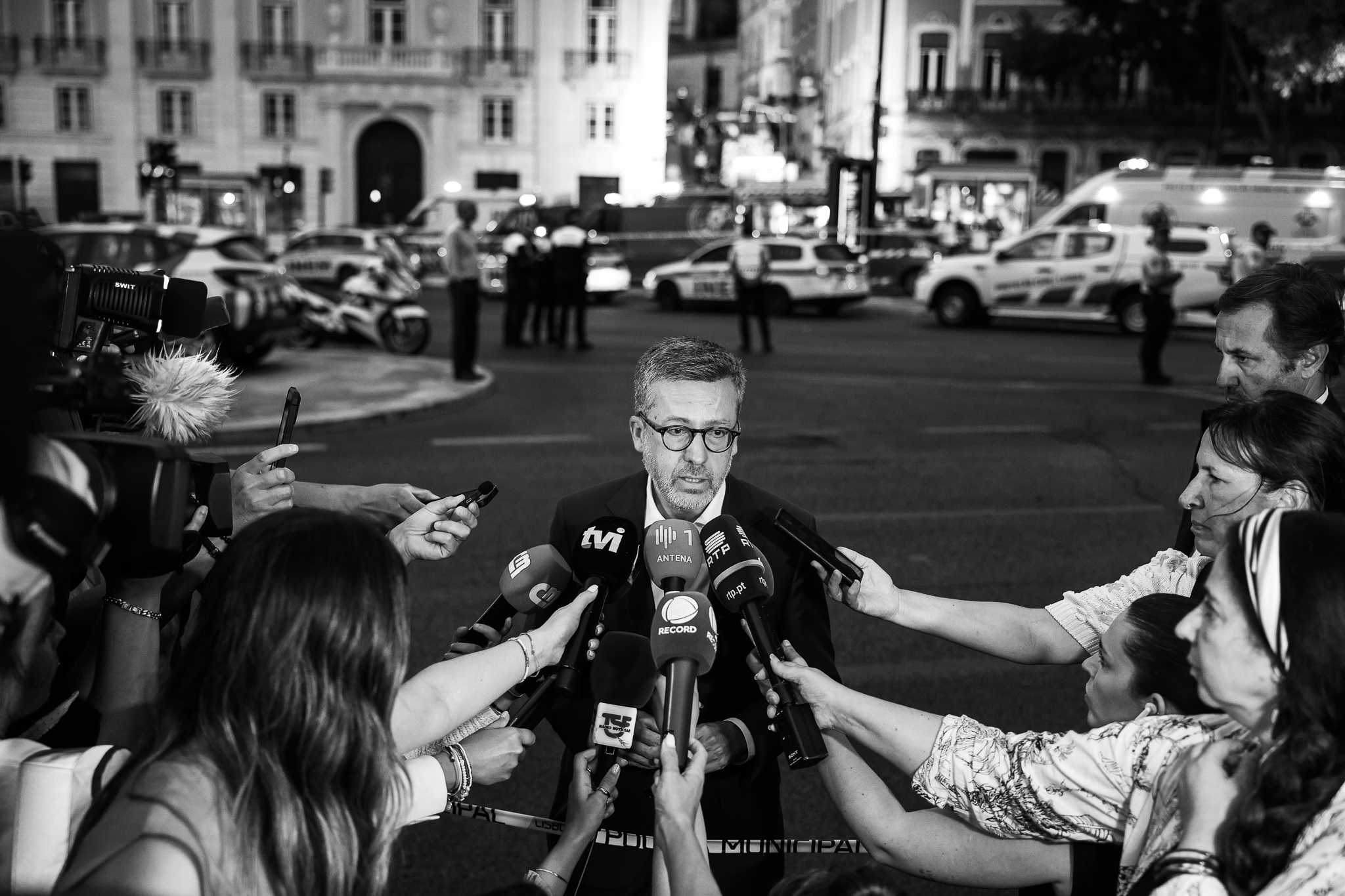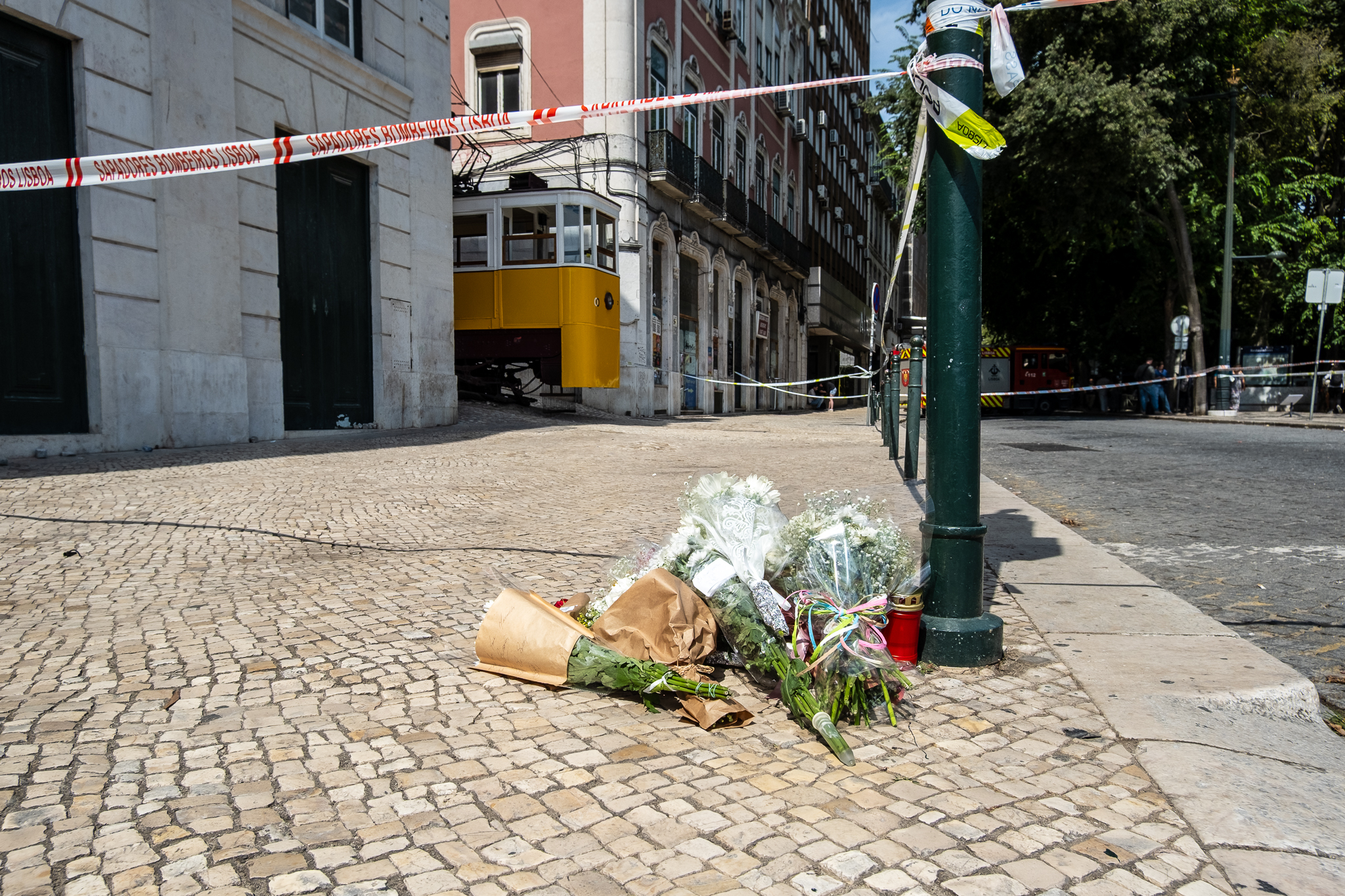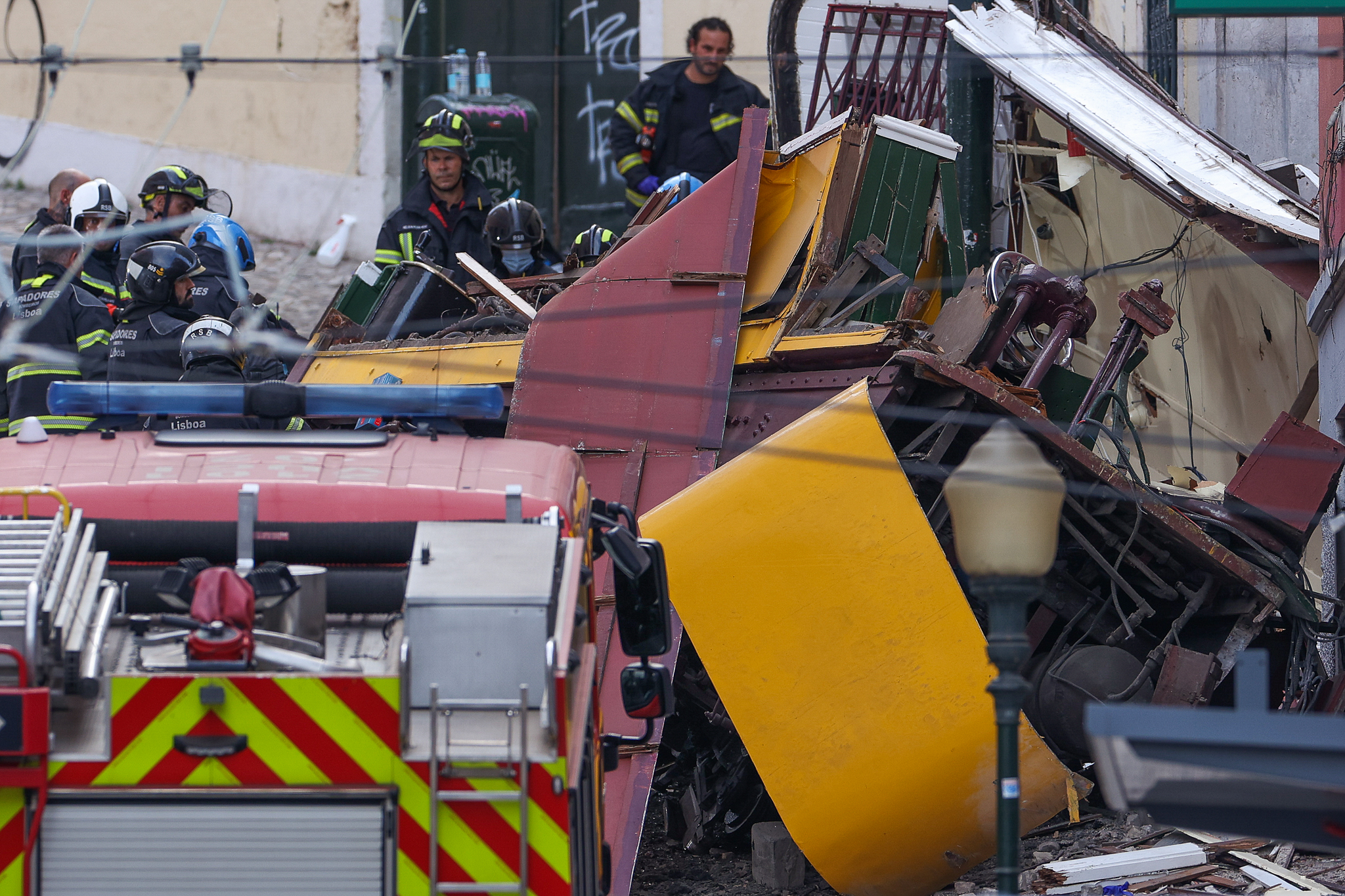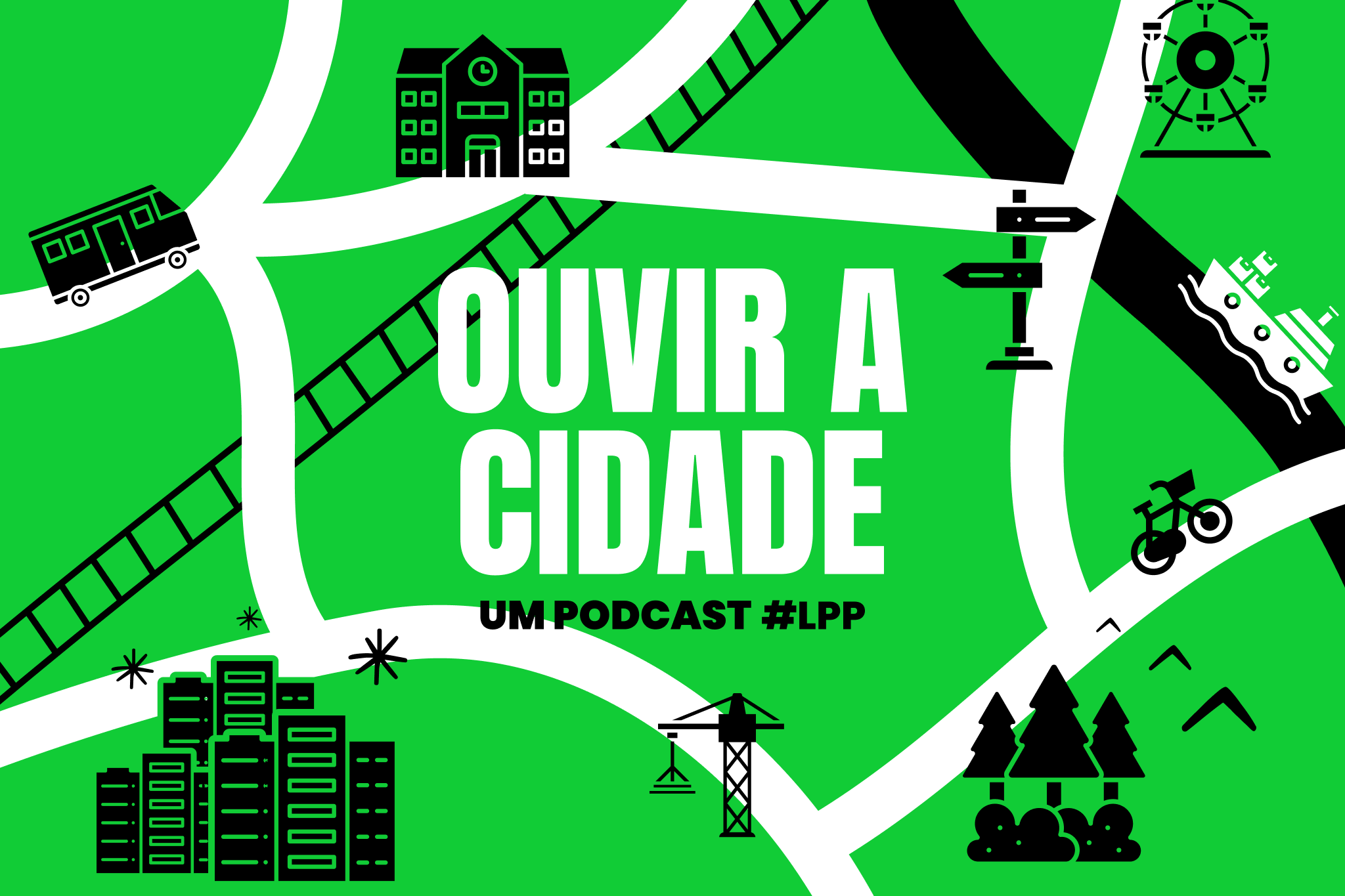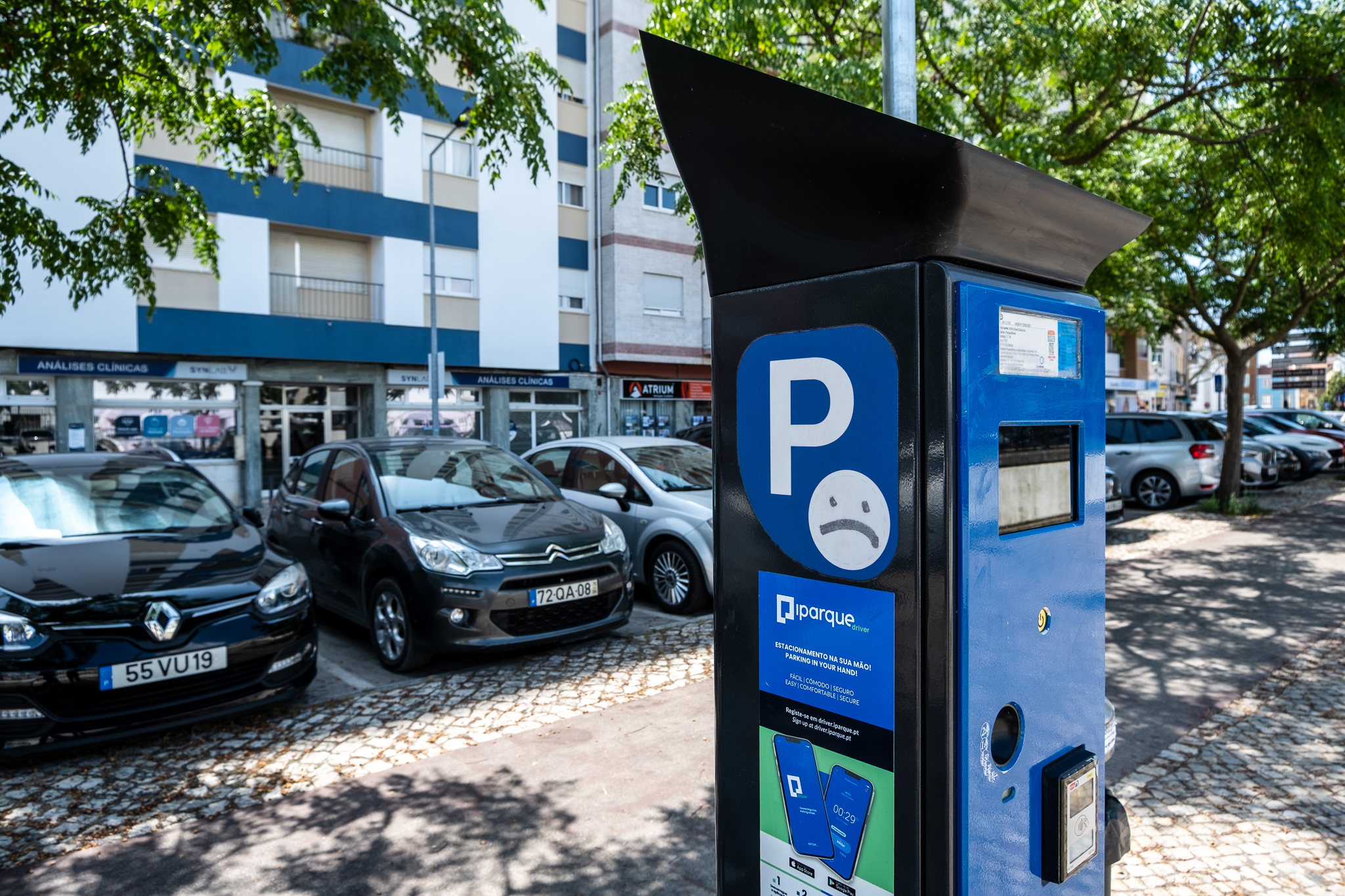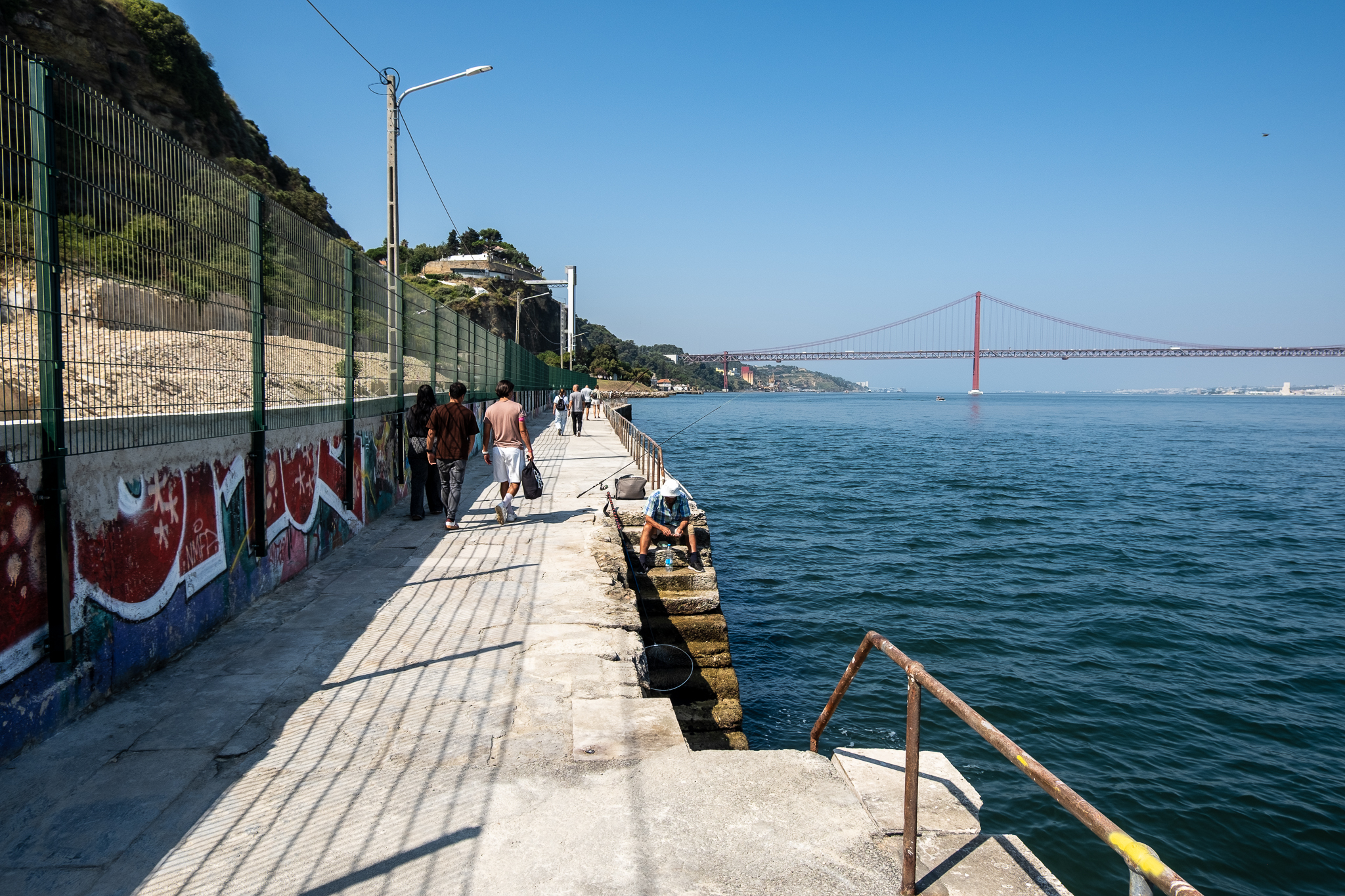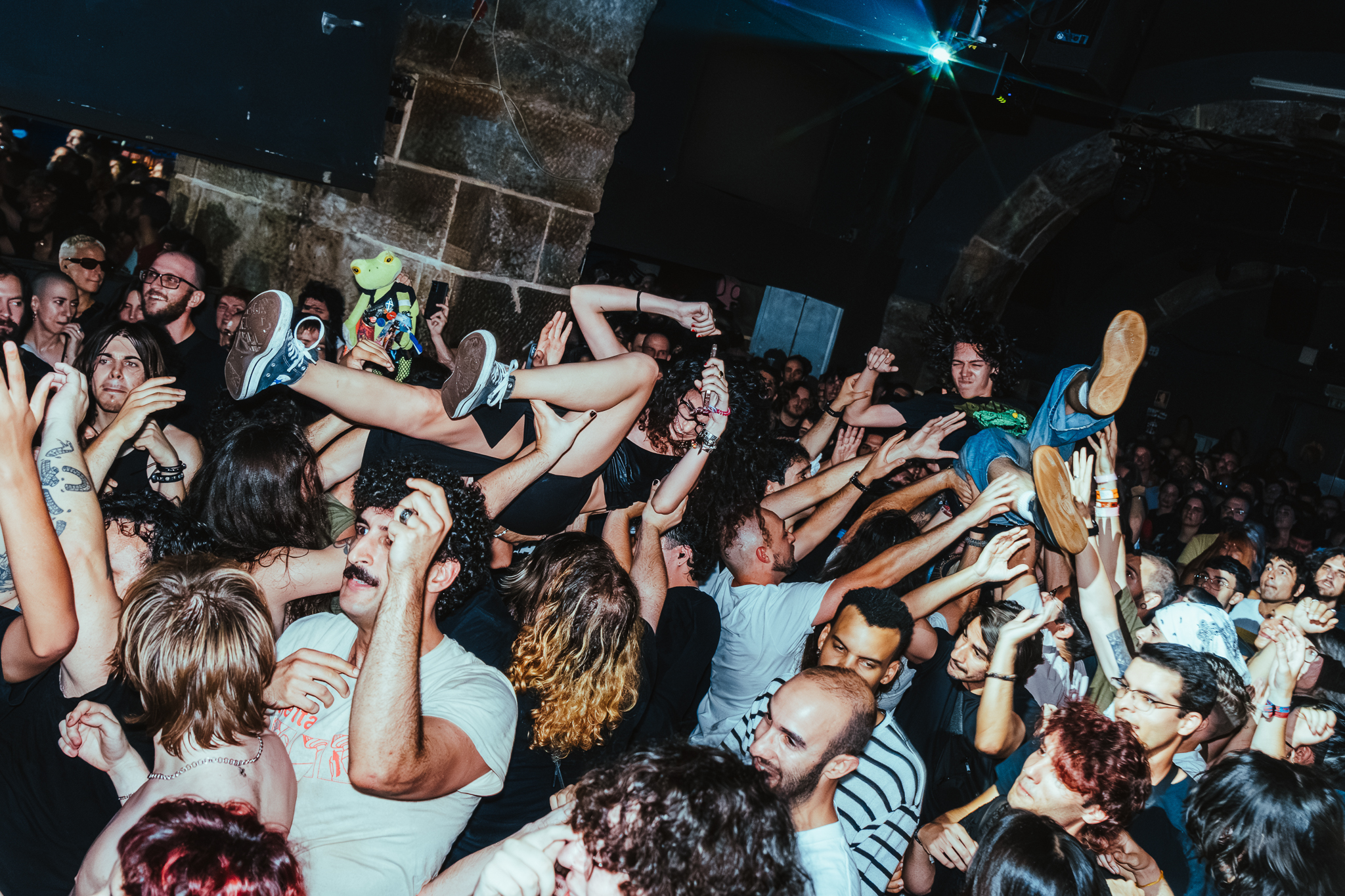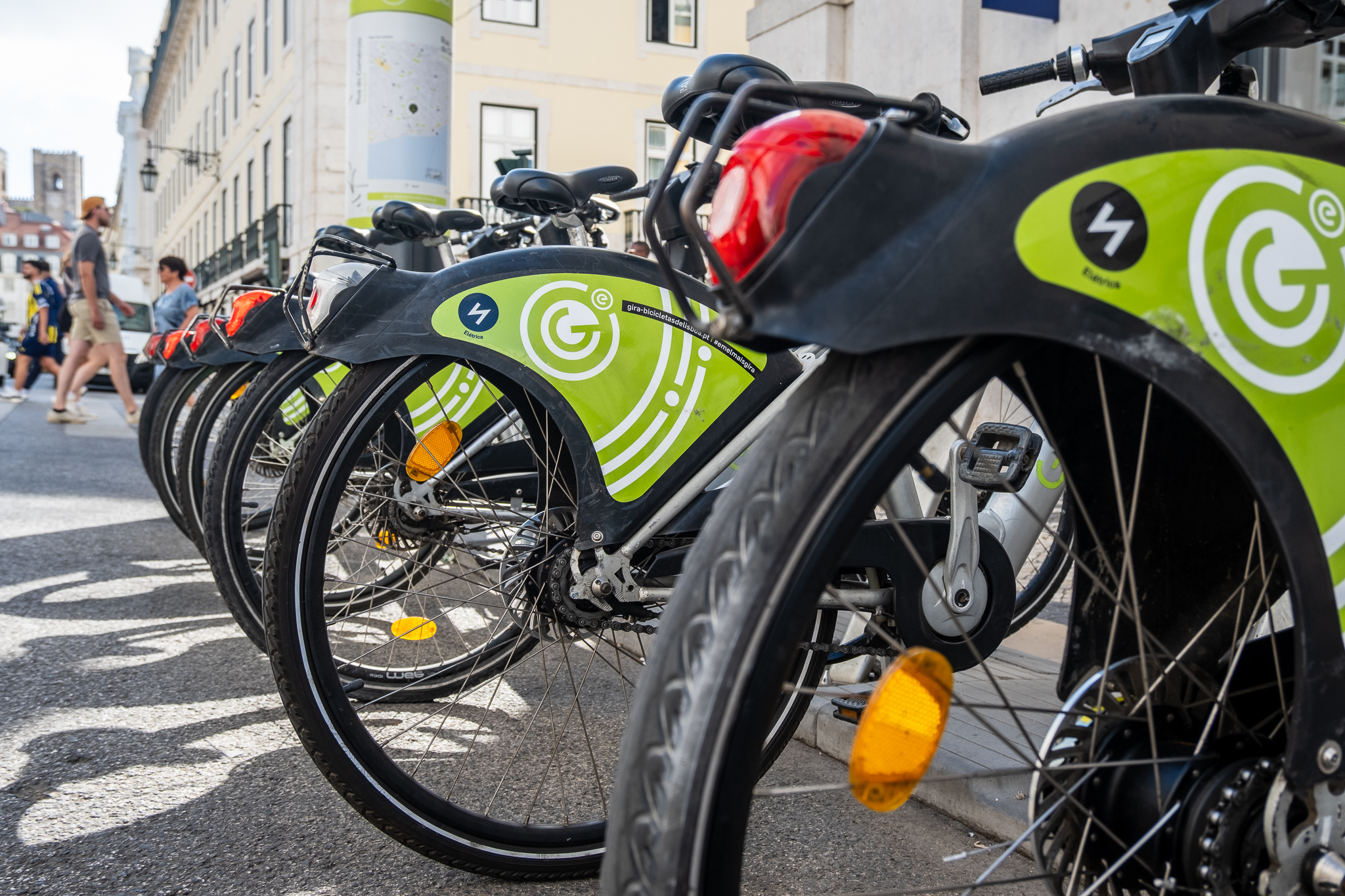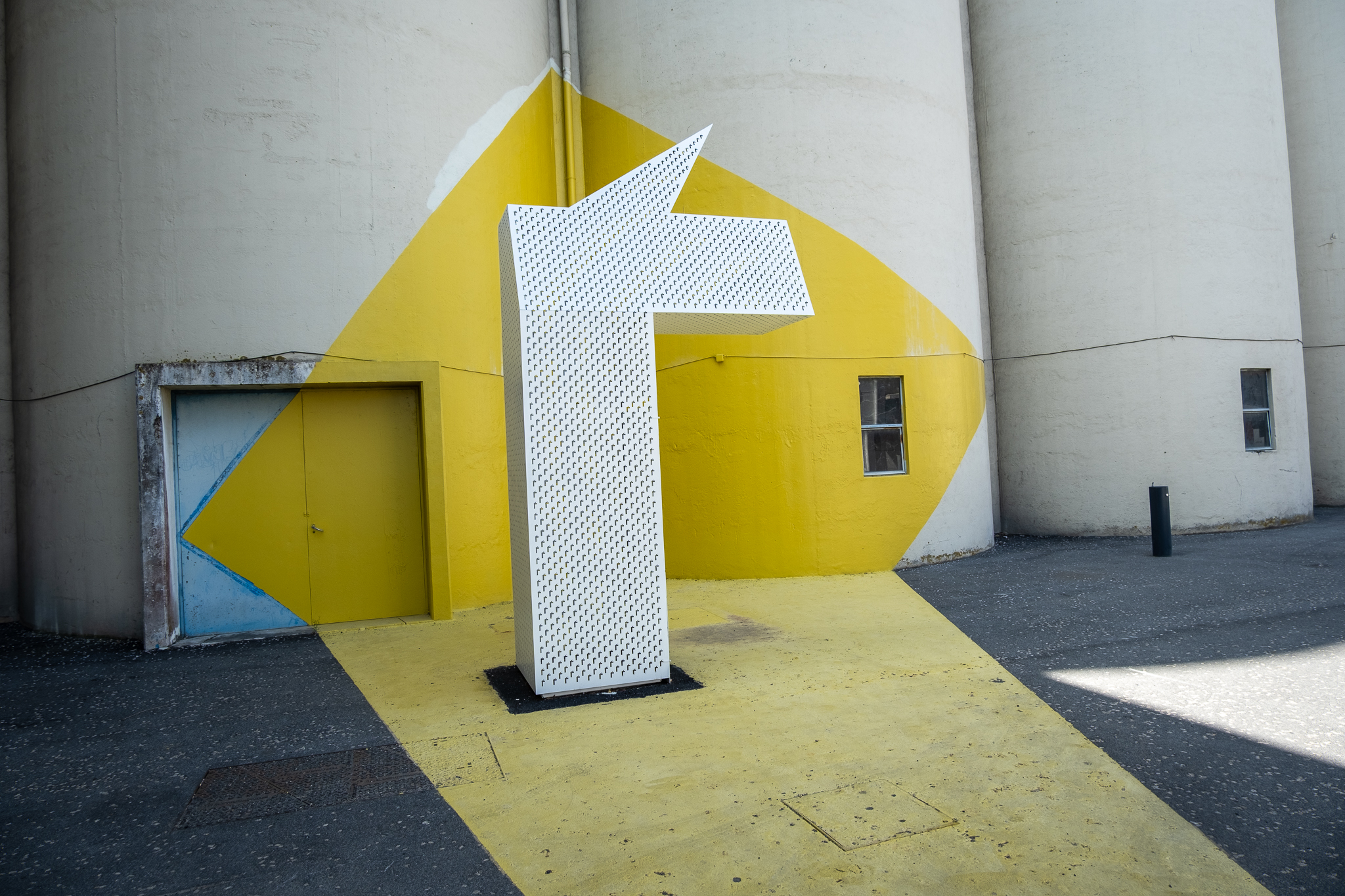
A Mayor, a Prime Minister, a President of the Republic, and a Minister of Culture. The inauguration of the completion of the Ajuda National Palace, which had remained unfinished for 226 years, took place in early June with pomp and circumstance. However, the pictures of the ceremony that reached us through social networks and social communication hide an unpleasant surprise for those who decide to walk up or down the Caçada da Ajuda, in front of the Palace: narrow sidewalks full of obstacles.
The Calçada da Ajuda was requalified in almost its entire length in 2016, with reorganized parking and new, wider and more comfortable sidewalks. Only the section in front of the Ajuda National Palace, between Alameda dos Pinheiros and Rua das Açucenas, had been left for later. This section was closed to traffic in mid 2019 and to reopen now at the inauguration, forcing streetcar 18 and Carris lines 76B and 729, as well as all other road traffic, to make a detour for two years.
The section reopened with the same finishing touches that had already been applied to the remaining sidewalk, such as the granite curbs. However, there were no changes in the size of the pedestrian area: on each side, as before, there are about one meter or less in width to walk, below the minimum 1.50 meters required by the Public Space Manual of the city. As if the circulation space wasn't small enough already, it is still invaded by lampposts and the poles of the tramway catenary.
The result: a pedestrian has trouble walking without putting himself in danger on the road; despite the 30 km/h speed limit, Lisboa Para Pessoas has noticed in a few minutes several vehicles clearly speeding. What's more: these sidewalks are not suitable for reduced mobility, for a baby seat, or for the transportation of some bulky merchandise, and may condition universal access to the Ajuda National Palace and the future Royal Treasury Museum, which should be inaugurated in November.
The temporary cut-off to traffic of that section of Calçada da Ajuda could have served as a rehearsal for a definitive closure, creating, for instance, a pedestrian area in front of the Palace that only public transportation or only the streetcar 18 could cross, as well as one or another authorized vehicle for loading and unloading. In this way, the pedestrian would be guaranteed a safe and adequate channel of circulation, in accordance with the regulations in force.

